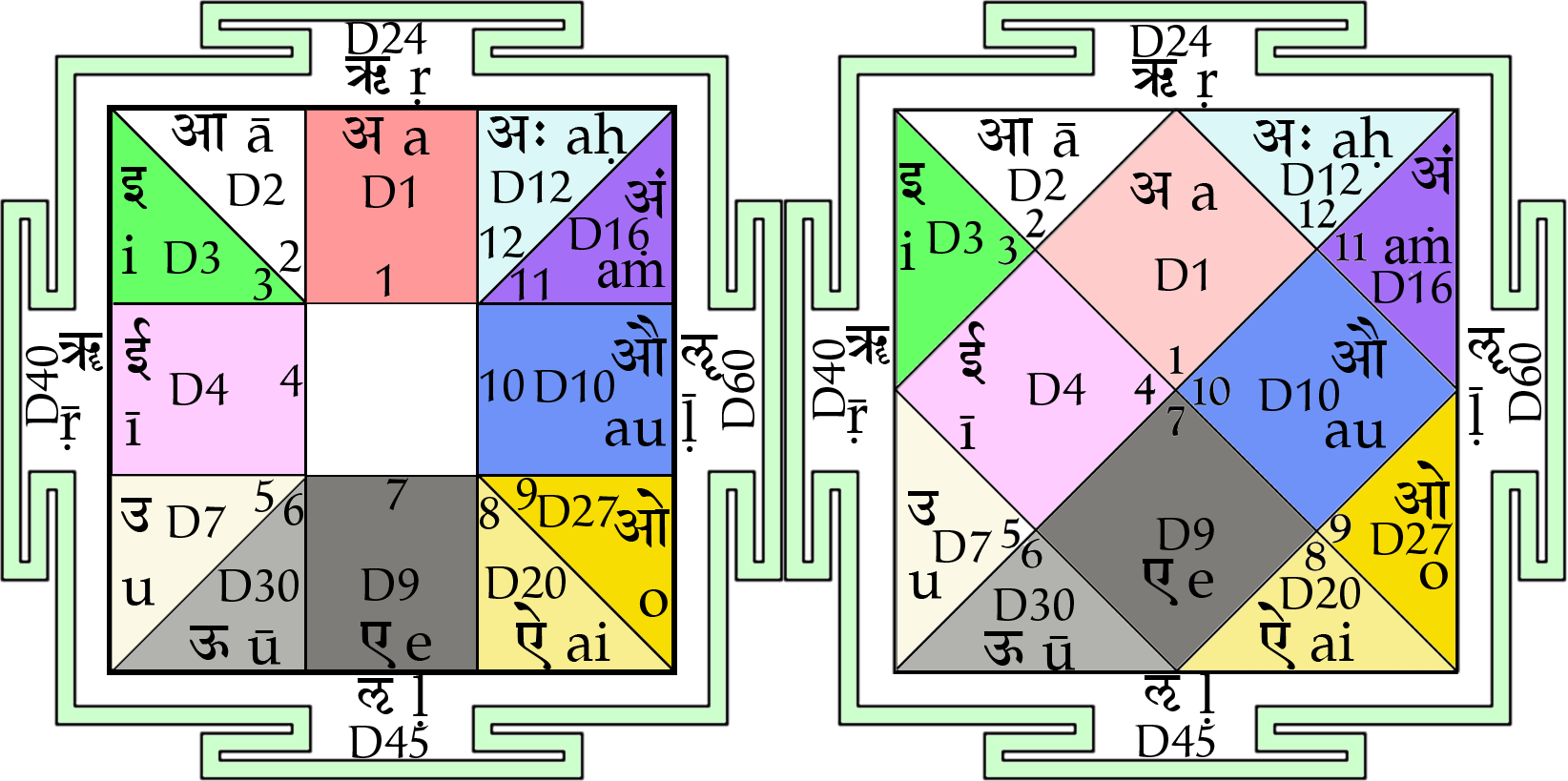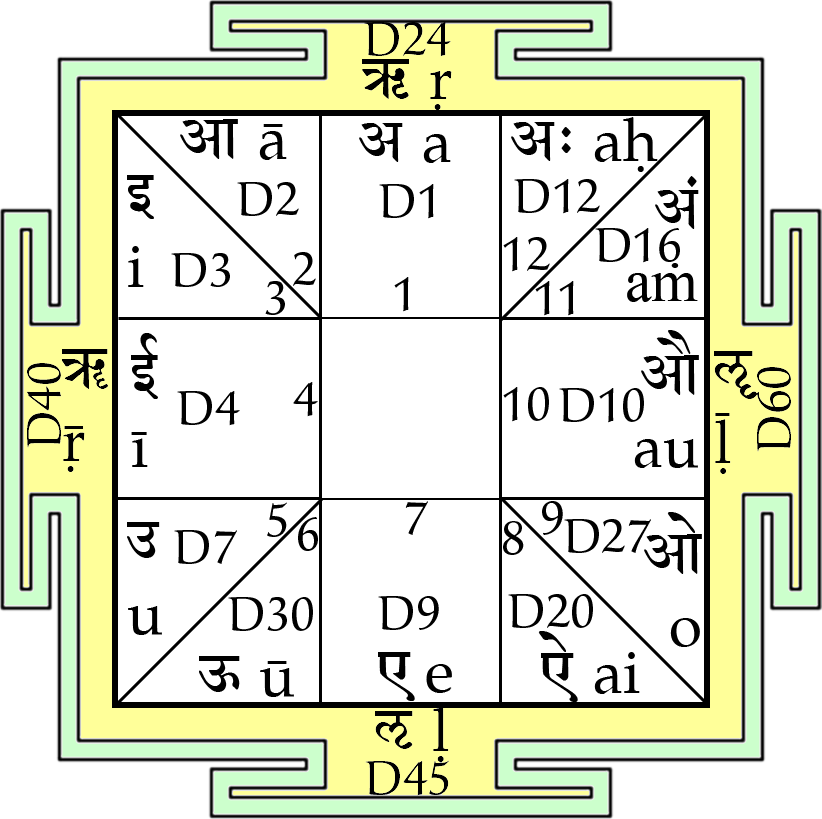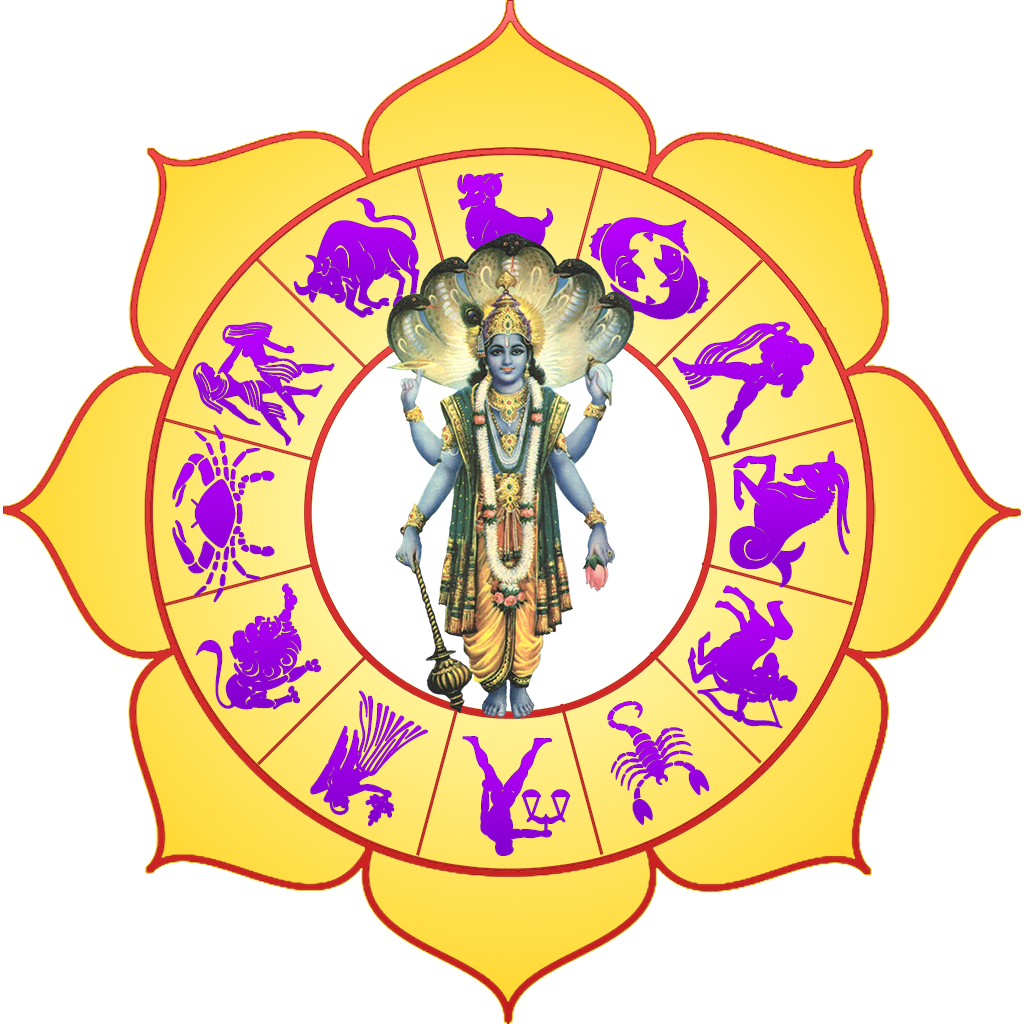Author: Sanjay Rath
Sanjay Rath comes from a traditional family of astrologers from Bira Balabhadrapur Sasan village in Puri, which trace their lineage back to Shri Achyuta Das (Acyutananda).
Welcome to PJC Year-2A
Welcome to the second year of the Parāśara Jyotiṣa Course which is divided into two academic years – PJC Year-2A and PJC Year-2B, i.e. two…
Please Note
We have a new website for PJC Year-2. Please bookmark this page. It uses the stable wordpress software and by now most of you would…
Jyotisa Concepts
Before venturing into divisional charts we need to learn the terminology and concepts used by the sages of yore. The following varga concepts are included…
Initiation
The initiation of the Himalaya Class of PJC-Year 2 starts with teaching of two mantras – one for learning vedic astrology and the other for…






